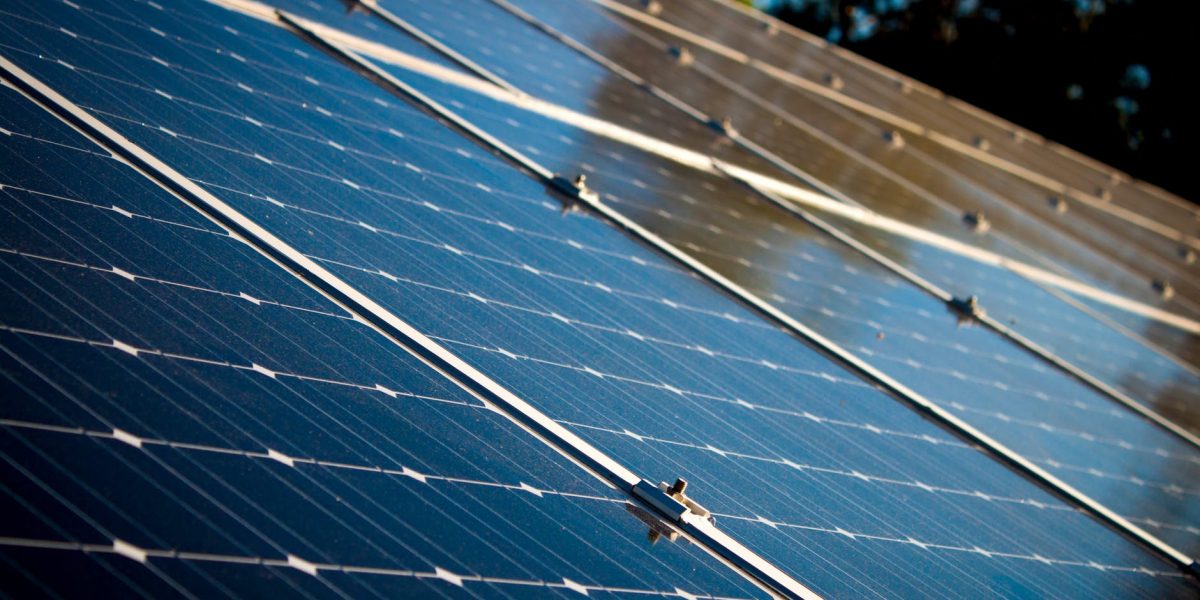Key Points:
- Just Energy Transition Partnership. The innovative funding model that France, Germany, the United Kingdom, the United States, and the European Union committed to at COP 27 is billed as an opportunity for South Africa to “leapfrog from coal to clean energy”.
- Shifting Attitudes. As recently as 2020, many South Africans were still arguing that – unlike coal, supposedly – wind and solar “cannot be relied on to produce electricity whenever it is needed.” The consensus on rapid decommissioning of aging coal generation infrastructure is a significant step forward.
- Funding Shortfall. The $8.5 billion from the Just Energy Transition Partnership is an opportunity to build clean energy infrastructure. However, it falls short of the investment needed to drive South Africa towards a sustainable energy and climate-resilient system. Meeting the Nationally Determined Contribution alone requires four times this amount annually for the next 15 years.
- Questions remain regarding how electricity infrastructure will be built, financed, and owned. Incentivizing cooperative, municipal-, or community-owned infrastructure, small-scale generation and renewable energy employment can be maximized. However, political will may be lacking to embrace such an approach. Will South Africa be able to achieve a clean energy transition?
Writing in Curiosity, a research magazine produced by Wits Communications , Dr Andrew Lawrence, a Visiting Research Scholar in the Wits School of Governance, has highlighted some of the critical challenges facing South Africa in building a sustainable and reliable energy network.
South Africa stands at a critical juncture in its energy transition journey. The $8.5 billion investment from the Just Energy Transition Partnership provides an opportunity, but it’s important to acknowledge that it is only a fraction of what is required to propel the country toward a sustainable and climate-resilient energy system. Meeting South Africa’s Nationally Determined Contribution demands a significantly higher investment of four times this amount annually for the next 15 years.
To ensure that this funding is utilized effectively, it is crucial to adopt a comprehensive approach that encompasses political, economic, social, and ecological aspects. The concept of “building back better” must guide the decision-making process, taking into account the need for political transparency, economic stability, social inclusivity, and ecological impact reduction.
South Africa has made progress in addressing its energy challenges. As recently as 2020, many South Africans were still arguing that – unlike coal, supposedly – wind and solar “cannot be relied on to produce electricity whenever it is needed.” The consensus on rapid decommissioning of aging coal generation infrastructure is a significant step forward.
However, South Africa has paid a hefty price for delayed transitions, experiencing over 2,000 hours of loadshedding, causing substantial damage to the economy. It is evident that coal can no longer be relied upon as a secure and affordable source of electricity.
The allocation of the majority of the JETP funding ($7.6 billion) to electricity infrastructure is a step in the right direction. However, questions remain regarding the construction, financing, and ownership of this infrastructure. The decision to abandon the Renewable Energy Feed-in Tariff (REFIT), which obligated Eskom to purchase output from renewable energy generators at predetermined prices, was opaque and lacked convincing rationale. The REFIT, if retained, could have potentially covered its own costs by avoiding loadshedding, reducing electricity expenses, and boosting capacity compared to the current Renewable Independent Power Producer Programme (REIPPP) implementation.
To empower communities and promote renewable energy generation, progressive tariffs could be introduced. By incentivizing cooperative, municipal-, or community-owned infrastructure, small-scale generation and renewable energy employment can be maximized while strengthening the grid. Moreover, progressive tariffs have the potential to achieve 100% electricity access for rural areas and informal settlements. By prioritizing these low-income households, substantial welfare gains can be achieved, with each distributed energy subsidy yielding economic benefits that outweigh the costs.
In considering future investments, it is essential to critically evaluate the allocation of $700 million towards “green” hydrogen. While proponents argue that it can decarbonize polluting sectors like cement, steel, and glass, the focus of the actual deals signed at COP27 appears to be primarily on mining. The majority of the output is likely to be exported rather than used domestically. It is crucial to scrutinize the true environmental impact and the potential for greenwashing when it comes to hydrogen blending with fossil-fuel-derived sources.
In conclusion, the allocation of $8.5 billion from the Just Energy Transition Partnership presents a significant opportunity to drive South Africa’s sustainable energy transition. However, a comprehensive and strategic approach is essential to ensure that this funding is utilized effectively and maximizes the benefits for the country. By addressing political, economic, social, and ecological dimensions, South Africa can unlock its energy potential, reduce reliance on coal, and embrace a more sustainable and resilient future.

